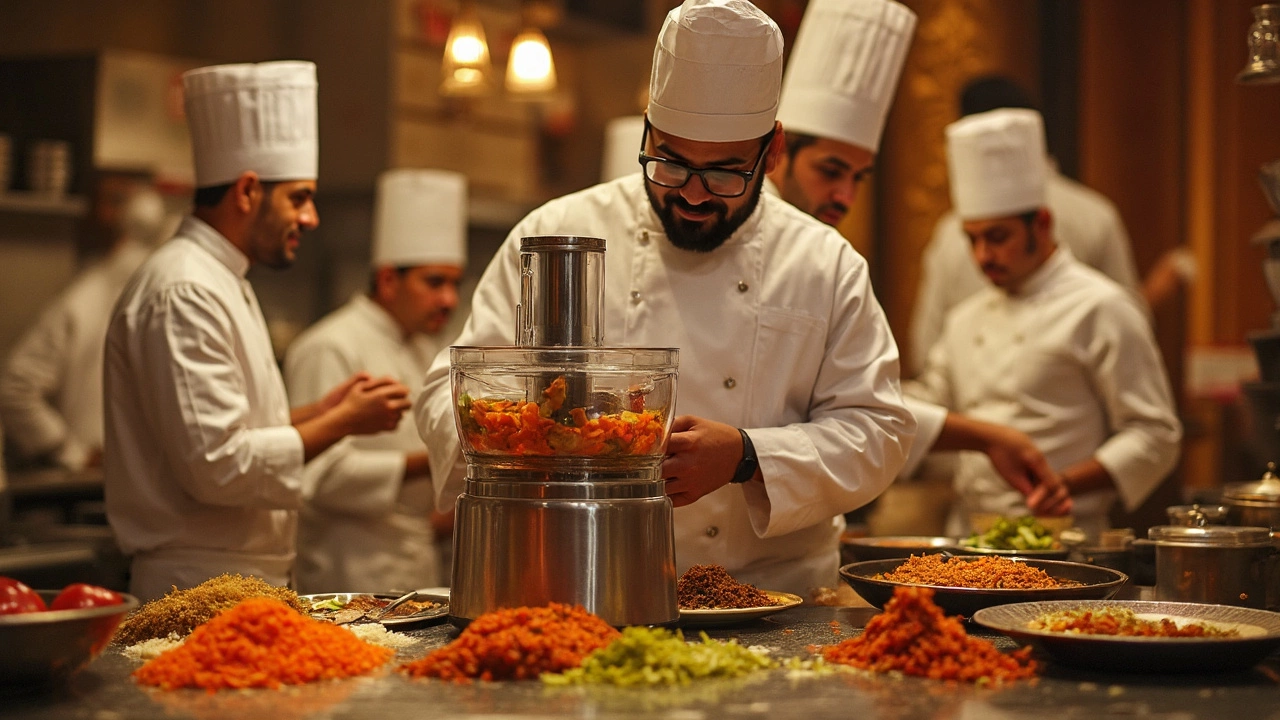Commercial Kitchen Basics for Indian Manufacturers
If you’re planning a kitchen that serves hotels, restaurants, or catering services, you need more than a big stove. A commercial kitchen is a mix of sturdy equipment, smart layout, and strict hygiene rules. Getting these right saves time, cuts costs, and keeps health inspectors happy.
Choosing the Right Equipment
Start by listing what you’ll cook every day. Grills, fryers, steamers, and ovens each have a specific power rating and space need. In India, look for machines that can handle 220‑V supply and have a local service network. Stainless‑steel bodies are a must because they resist rust and are easy to clean.
Don’t forget the small but vital tools: mixers, slicers, and food processors. When you compare brands, check the warranty length and availability of spare parts in nearby cities like Pune or Chennai. A higher upfront price often means lower downtime later.
Energy consumption is a big expense. Choose equipment with variable speed drives or induction heating; they run cooler and use less electricity. Many Indian manufacturers now offer eco‑friendly models that qualify for government subsidies under the “Make in India” scheme.
Designing an Efficient Layout
The kitchen floor plan should follow the flow of food: receiving, storage, preparation, cooking, plating, and cleaning. Arrange stations in a straight line or a U‑shape to reduce staff movement. Wide aisles (at least 1.2 m) prevent bottlenecks during rush hours.
Ventilation is non‑negotiable. Install exhaust hoods above each cooking zone and a central exhaust system that meets the Indian Boiler Regulation. Proper airflow not only removes smoke but also protects equipment from overheating.
Separate wet and dry zones. Keep dishwashing stations away from raw material storage to avoid cross‑contamination. Use stainless‑steel countertops with a slight incline for easy drainage, and place hand‑washing sinks at each workstation.
Safety signs, fire extinguishers, and emergency exits must be clearly marked. Indian fire codes require at least one Class K fire extinguisher for cooking oil fires per 250 m² of kitchen space.
Cleanliness isn’t just a habit; it’s a legal requirement. Follow the Food Safety and Standards Authority of India (FSSAI) guidelines for temperature logs, pest control, and regular sanitization cycles. Use stainless‑steel containers with tight‑fitting lids to prevent contamination, and label every batch with production and expiry dates.
Train staff on personal hygiene, hand‑washing techniques, and proper use of protective gear. Keep a record of cleaning schedules and any corrective actions; inspectors often ask to see the logbook during audits. Investing in a simple digital checklist saves paperwork and ensures nothing slips through the cracks.
Finally, plan for future growth. Leave empty walls for additional racks or a prep island, and choose modular equipment that can be expanded. A well‑thought‑out commercial kitchen not only meets today’s demand but also adapts to new menus and higher volumes. Start planning today and watch your kitchen grow with confidence.

Do Restaurants Use Food Processors?
Ever wondered how your favorite restaurant whips up meals with such speed and consistency? It's not just about having a skilled chef at the helm; food processors are often the unsung heroes behind the scenes. From slicing to dicing, these machines save time and ensure uniformity in every dish. Restaurants rely on food processors to enhance efficiency and elevate the dining experience.
Read More